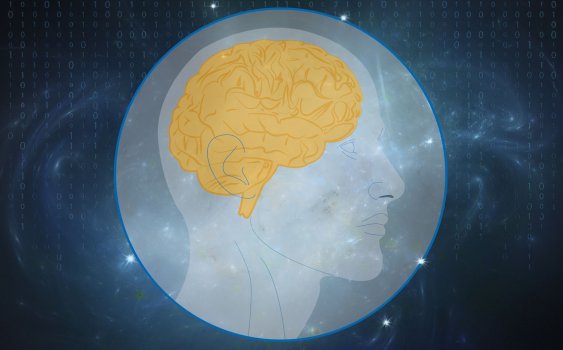The brain is a generator of automatisms, which allow us to do things even though we can’t explain how we do them. The goalkeeper who dives to clear that ball in the corner, the gymnast who throws the ribbon and catches it without looking after several somersaults, the tennis player who connects the passing shot on the run. None of them think about (or know), while executing these movements, the mathematical model or the laws of physics that determine these trajectories, yet nevertheless, based on some basic concepts and millions of repetitions, they are capable of doing them.
But sometimes, something happens that truncates that ability. Like Simone Biles at the Tokyo Olympics, sometimes the brain loses its automatisms. The gymnasts lose their axis, the golfers their swing, the tennis players their serve. The concepts have not been forgotten, but the automatisms fail. And if you have to think, it no longer works. To recover, they have to slowly rebuild their automatisms, until they are able, once again, to play without thinking.
Computers, unlike the brain, need explicit models. In order to send a rocket to the Moon, complex trajectories are designed with high precision. And to study the effect of an economic policy measure, a mathematical model is designed that simulates the functioning of the economy. Computers need instructions, they do not know how to generate automatisms. That’s how they differ from humans.
Continue reading: https://english.elpais.com/economy-and-business/2021-09-13/the-economics-of-artificial-intelligence.html
But sometimes, something happens that truncates that ability. Like Simone Biles at the Tokyo Olympics, sometimes the brain loses its automatisms. The gymnasts lose their axis, the golfers their swing, the tennis players their serve. The concepts have not been forgotten, but the automatisms fail. And if you have to think, it no longer works. To recover, they have to slowly rebuild their automatisms, until they are able, once again, to play without thinking.
Computers, unlike the brain, need explicit models. In order to send a rocket to the Moon, complex trajectories are designed with high precision. And to study the effect of an economic policy measure, a mathematical model is designed that simulates the functioning of the economy. Computers need instructions, they do not know how to generate automatisms. That’s how they differ from humans.
Continue reading: https://english.elpais.com/economy-and-business/2021-09-13/the-economics-of-artificial-intelligence.html

